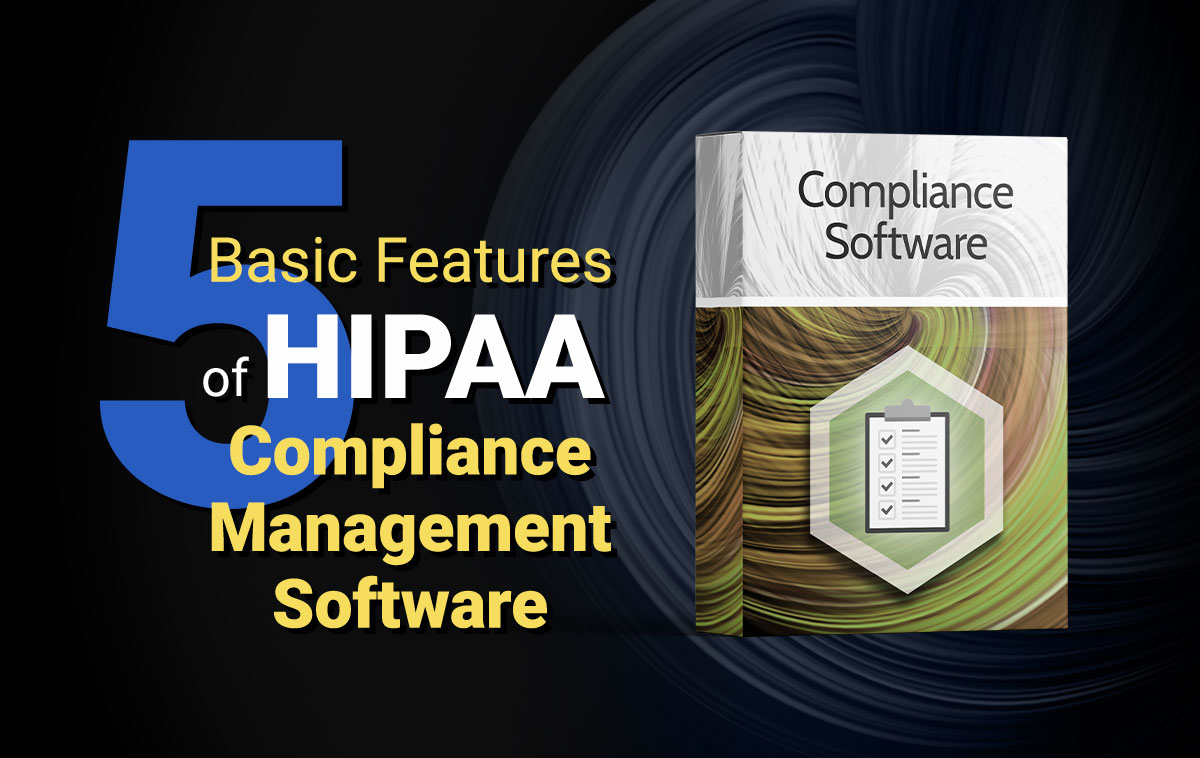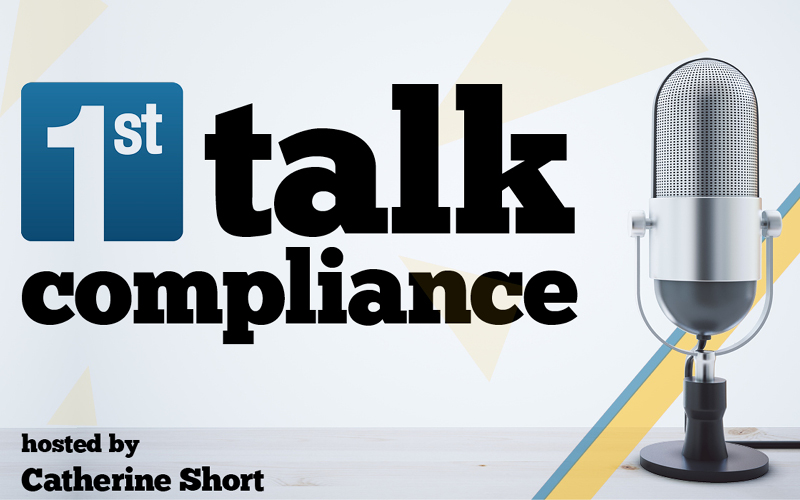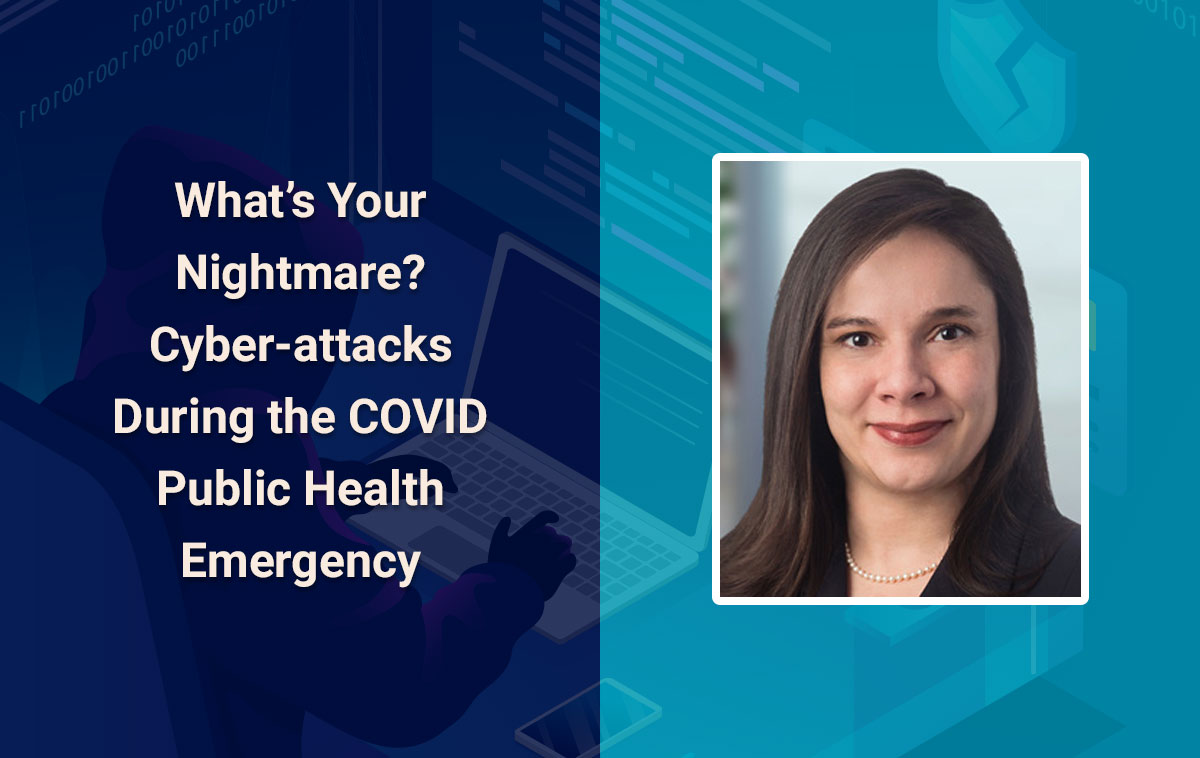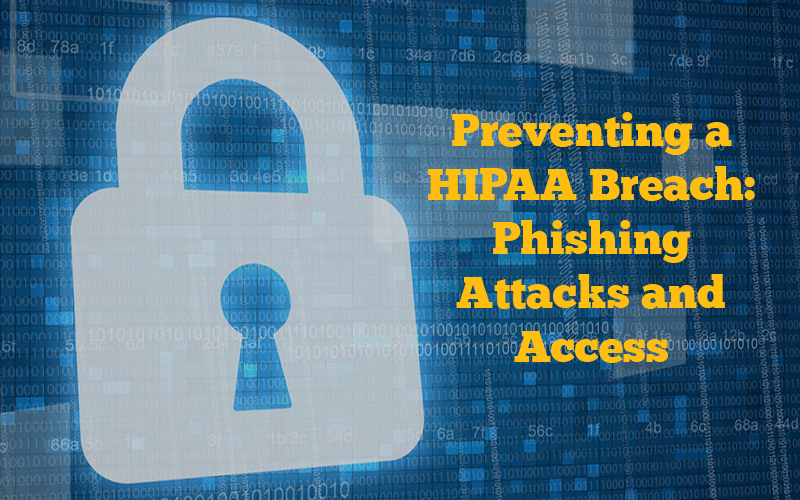5 Basic Features of HIPAA Compliance Management Software
The Office of the Inspector General (OIG) of the Department of Health and Human Services, U.S. has published the seven fundamental elements of an effective compliance program. Healthcare organizations should create a compliance program that can reduce fraud, abuse liability, and waste. If the compliance management software that you are considering doesn’t have mechanisms to address all these elements, it is not a comprehensive solution and won’t fully protect you from OCR audits and fines.
Here are five basic features your HIPAA compliance software must have to be effective and efficient:
-
Self-audits
HIPAA requires healthcare professionals to execute multiple audits within their organizations. The audit protocols address the elements of privacy, security, and breach notification. Self-audits help in strengthening the organization’s privacy and security infrastructure by identifying the risk areas. A quality HIPAA compliance software offers a complete picture of the current status of your organization’s compliance efforts.
-
Remediation Plans
Remediation plans can be designed based on the nature and the volume of the gaps discovered during risk assessments and self-audits. These actionable, multi-step plans with explicit designations are crucial for determining how and when the gaps are going to be closed. So, your HIPAA compliance software should efficiently help you with creating and executing your remediation plans.
-
Policies, Procedures, and Training
Quality HIPAA compliance software allows you to create policies and procedures to implement in your organization. It should keep your employees updated and eliminate the time-consuming burden of staying abreast of the ever-changing rules, regulations, and required actions, says First Healthcare Compliance.
In addition to aiding in policies and procedures, compliance software should provide online modules for training your employees. Staff can learn from documents that establish common practices and standards for maintaining safe and secure data.
-
Documentation
HIPAA documentation communicates the systems on which your business relies to those inside and outside your organization. Correct documentation sets standards for all processes required for employees and vendors. It is one of the most important features of HIPAA compliance software. Your software should help build your plan and document the processes so that you are always prepared for an audit by the authorities.
-
Incident Management
Protected Health Information or PHI breaches are possible even with the most effective compliance program. There were 2,546 data breaches recorded from 2009 to 2018 in the United States, resulting in the exposure of 189,945,874 healthcare records (equivalent to almost 59% of the country’s population), according to HIPAA Journal. That is why you need HIPAA compliance software for a proactive approach. Employees will have confidence to react properly with steps toward documenting and reporting to the Office for Civil Rights.
Your HIPAA compliance software should offer a simple solution to a complex problem. These basic features will save you both time and money and minimize the risk of HIPAA breaches and fines.





